Advanced Tipster: How to Take Symmetrical Images with Exposing Both Sides of the Film (EBS)
64 479 Share TweetToday I will be introducing a technique called EBS ("Exposing Both Sides"). Is it hard to do? Maybe! But with luck and concentration, it is possible to achieve amazing results! For this tutorial, we will be using the Lomo LC-A+.

Loading the Film
1. Set the film for the first exposure and check if the film winder is winded fully. Make sure it's the same setting for the second time, too.
2. Pull the film end to the spool and mark the sprocket by the gear rolling up the film. By doing this, you can set almost the same for the second time.
3. Make sure that film is nicely stretched, or "tensioned". Use the rewind crank to make it straight.
4. Take a photo of how it sets by using a digital camera or your mobile phone camera so that you have a reference when doing these steps for the second time.
5. Close it, press the shutter, and wind. If you feel that the film is not quite winding, then reset the film again.

Shooting and Flipping the Film
1. Okay, now let's go out and shoot! Shoot on a day with clear weather and set the ISO as 400 or 200.
2. Shoot the regular side of negative film. I normally use 800 ISO, but I like to over-expose a bit since my LC-A+ gets a bit under-exposed when I use 800 ISO and set it as such.
3. Subject should be something quite high contrast with clear background. If you can include the blue sky in the background, it will look even better!
4. Use the Splitzer to cover the bottom half. The Splitzer is a Lomo LC-A+ accessory that lets you slice and dice the image. You may want to shoot a couple of the same shots, so that you can pick the best result out of it. If you don't have a Splitzer, follow this tip or use your finger!

5. When you are done shooting a roll, it's time to do the redscale technique; it is when the film is exposed from the wrong side, emitting a strong red color shift. To do this, go to a dark room to flip the film. Make sure to keep the film order. Be careful when doing this!
6. Once you flip the negative, it gets two stops darker, so it becomes ISO 200 redscale film from ISO 800 film. If you shoot 400, it will be 100 redscale film. If you shoot 200, it becomes 50, if you shoot 100, it becomes 25.
7. Make sure to set the film as exactly as the first time, otherwise, the result will not be symmetrical images!

Shooting with Redscale Film
1. Now, we're ready to start shooting with redscale! Pick a cloudy day, because redscale film yields better results and contrast on a cloudy day.
2. Set the ISO as 200.
3. Just like the first time, make sure to cover the bottom end by using a Splitzer. You are going to take a shot exactly in the same order, place, and angle -- yes, EXACTLY the same. How can we remember these details? I can't! I always jot down all the information when I shoot the first time. I try my best to take note of the order, location, composition and all the details. I even take photos of it using my mobile phone, too.
Do you need to hold the camera upside down? Nope, you already switched to the opposite side when you flipped the film from regular color negative side to redscale side in darkroom. So, you can shoot your camera normally, except if you were shooting vertically.

When you are done, bring it to the photo lab. It is a regular color negative, so you can simply develop with C-41. There is no need to indicate any special instructions. Since we exposed both sides, there might be some gaps of different lengths between each shot. If you are scanning it yourself, please be aware of it.
Did you get what you like? I hope you see the red and blue symmetric world :) It's a bit challenging, but it is great when you see good results! Try it out and enjoy your EBS life!
Just like hodachrome, you too can try his really awesome trick with the Lomo LC-A+. Drop by our online shop or one of our worldwide gallery stores to get yours!
written by hodachrome on 2013-01-14 #gear #tutorials #redscale #multiple-exposure #tipster #double #double-exposure #ebs #exposing-both-sides-of-film


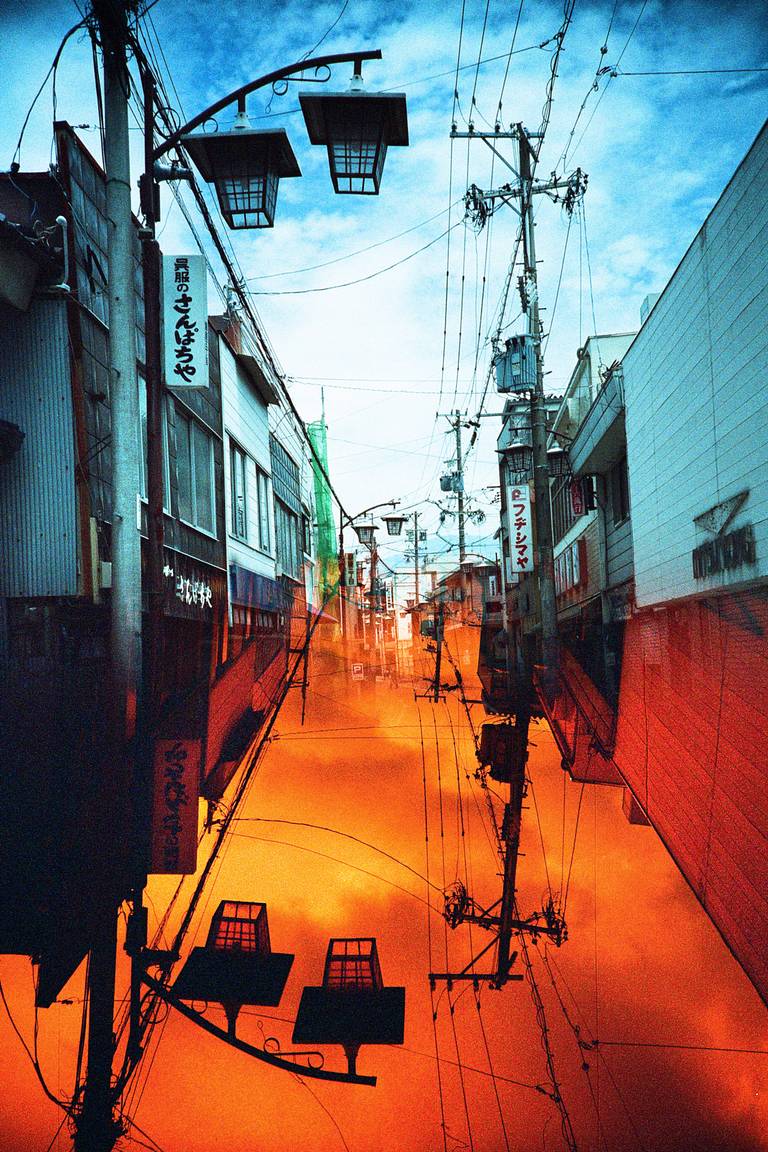







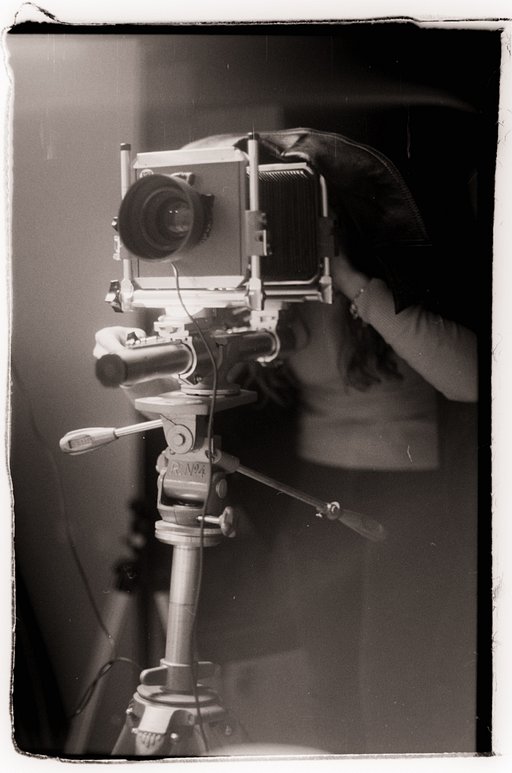




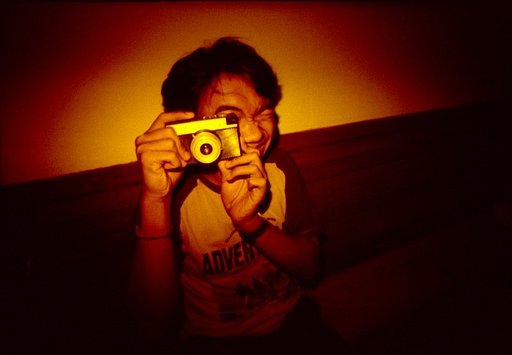


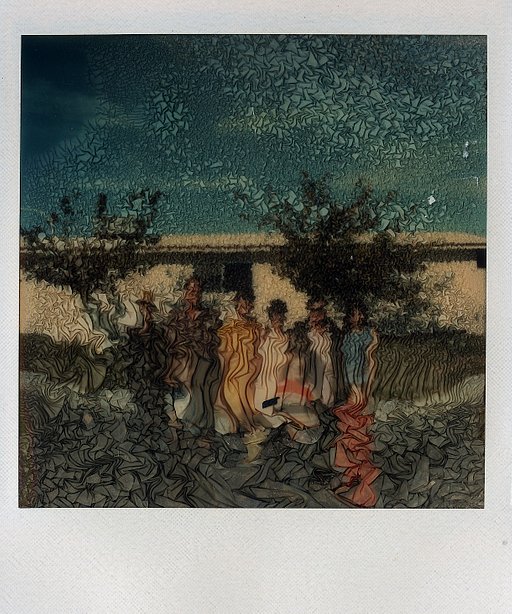

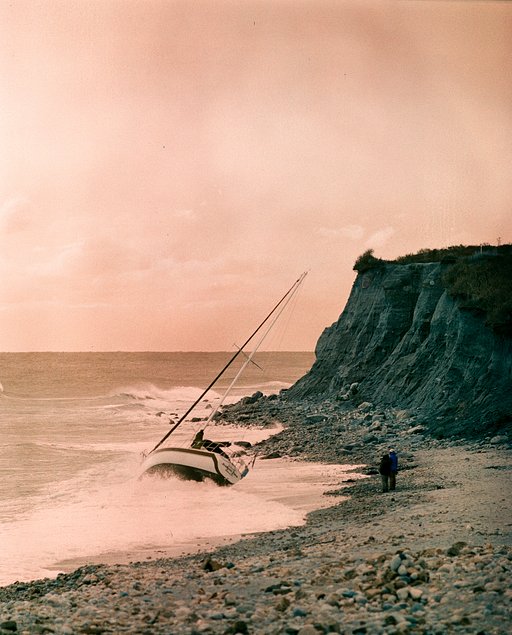
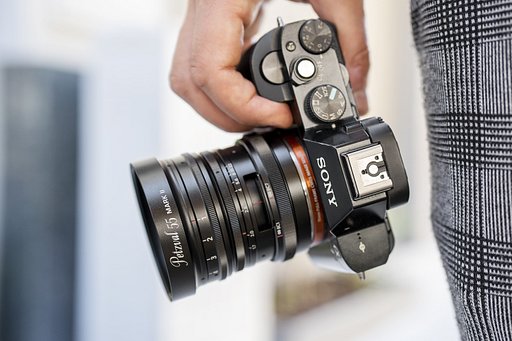



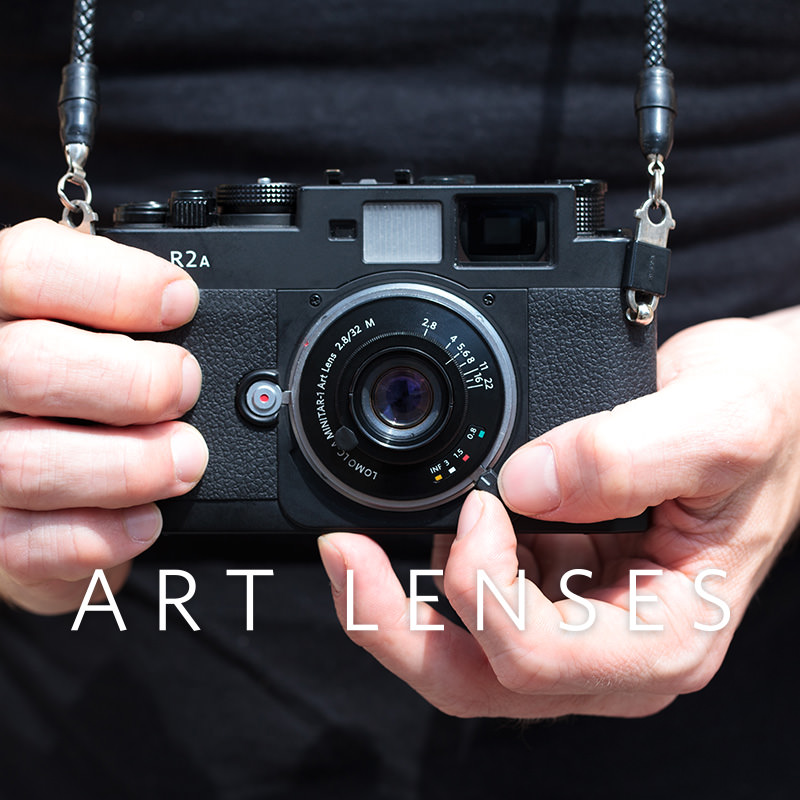
64 Comments